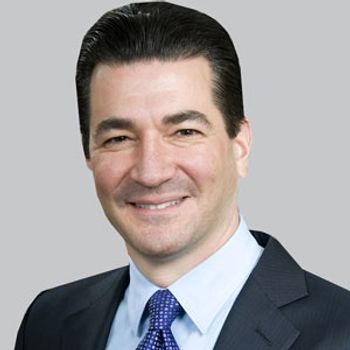
The treatment was originally branded as Sabril (Lundbeck) and approved in August 2009 as monotherapy for infantile spasms. This generic formulation approval was granted by the agency to Teva Pharmaceuticals.

The treatment was originally branded as Sabril (Lundbeck) and approved in August 2009 as monotherapy for infantile spasms. This generic formulation approval was granted by the agency to Teva Pharmaceuticals.
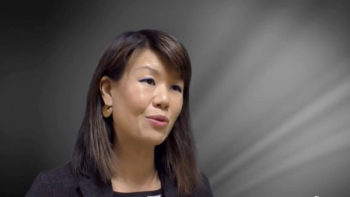
Liu discussed this work and the findings of this proof-of-principle trial in memory in epilepsy.

The attending neurologist at Brigham and Women's Hospital spoke about how seizure frequency during pregnancy and postpartum varies by epilepsy type.

The AAN position statement author further addressed the opposing position of the Nevada law, the AAN’s position on brain death, and what clinicians need to know in regard to determining it.

The Director of the cEEG and Epilepsy Consult Service at the Cleveland Clinic Epilepsy Center spoke about when clinicians should initiate and stop anti-seizure medications.
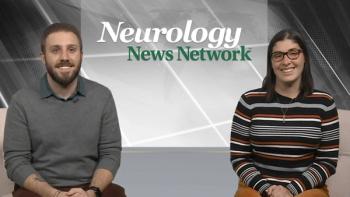
Neurology News Network for the week of January 12, 2019.

The Chair of the AAN’s Ethics, Law and Humanities Committee spoke to the American Academy of Neurology’s goal to improve the consistency of determining brain death.
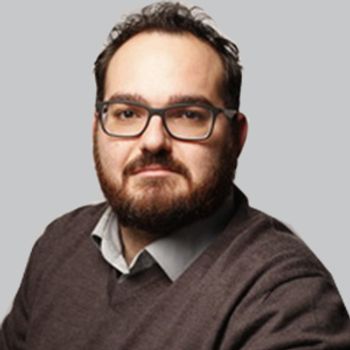
A new research project is underway to improve the pre-surgical evaluation of pediatrics with medical refractory epilepsy.

The section chief of pediatric neurology at Nationwide Children’s Hospital shared his excitement about the approval of Epidiolex and its potential as a therapeutic.
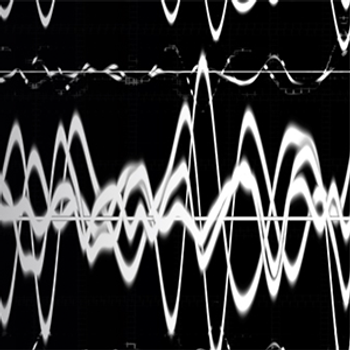
This guide includes everything you need to know about cannabidiol (Epidiolex, GW Pharmaceuticals) for the treatment of 2 rare types of epilepsy: Lennox-Gastaut syndrome and Dravet syndrome.

The Director of the cEEG and Epilepsy Consult Service at the Cleveland Clinic Epilepsy Center spoke about the cautious for physicians treating patients with acute symptomatic seizures.

The pediatric epileptologist at Nicklaus Children’s Hospital spoke about the long-term seizure freedom data that showed that perampanel was associated with a sustained or increased improvement in seizure control.

Previously approved for use in adults with epilepsy in 2018, the band uses pattern detection to pick up on movement and physiological signatures indicating the occurrence of generalized tonic-clonic seizures.
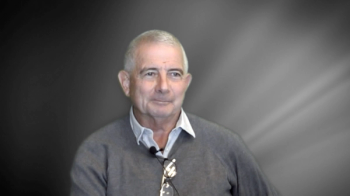
The professor of pediatrics at Tel Aviv University explained what has been fleshed out by the research and shared his opinion on cannabidiol’s use.
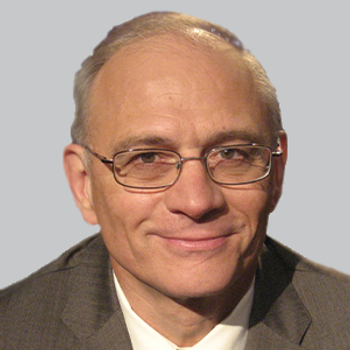
The Clinical Director of the NHGRI spoke about the impact of the NIH program and its future development.

The director of the Jefferson Comprehensive Epilepsy Center and the Jefferson Clinical Neurophysiology Laboratory spoke to the therapy’s success thus far.

The position statement’s author noted that a lack of specificity in laws and inconsistencies in protocols has led to confusion surrounding brain death in several high-profile cases.

The program’s director spoke about its genesis and evolution into a more widespread initiative which has helped improve next-generation genome sequencing.

The head of the Children’s Brain Dynamics Laboratory at Boston Children’s Hospital discussed the HOPE project and its goals moving forward.
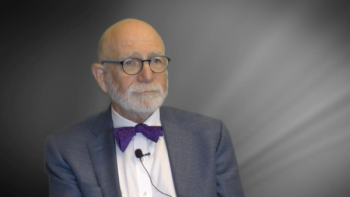
The pediatric epileptologist and adjunct professor of pediatrics at the University of Calgary spoke about how drastically things have changed surrounding the patient-physician conversation about SUDEP.

The director of the Jefferson Comprehensive Epilepsy Center and the Jefferson Clinical Neurophysiology Laboratory provided insight about the phase 3 safety trial of cenobamate.

Because the drug candidate has shown a competitive efficacy and safety profile compared with existing drugs in recent partial focal epilepsy studies, a phase 3 study was initiated.

A recent review of treatments for pediatric status epilepticus included a critical assessment of non-medicinals which detailed that the evidence for their use is mostly anecdotal.
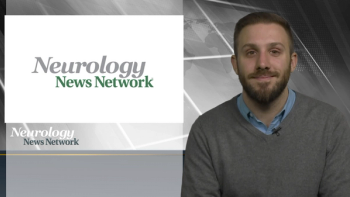
Neurology News Network for the week of December 22, 2018.
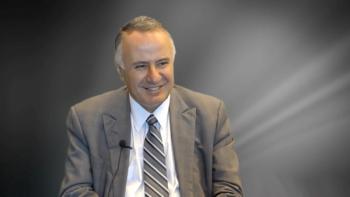
The Director of the Cleveland Clinic Epilepsy Center spoke about how important it is for clinicians to not select the wrong patients for deep brain stimulation.